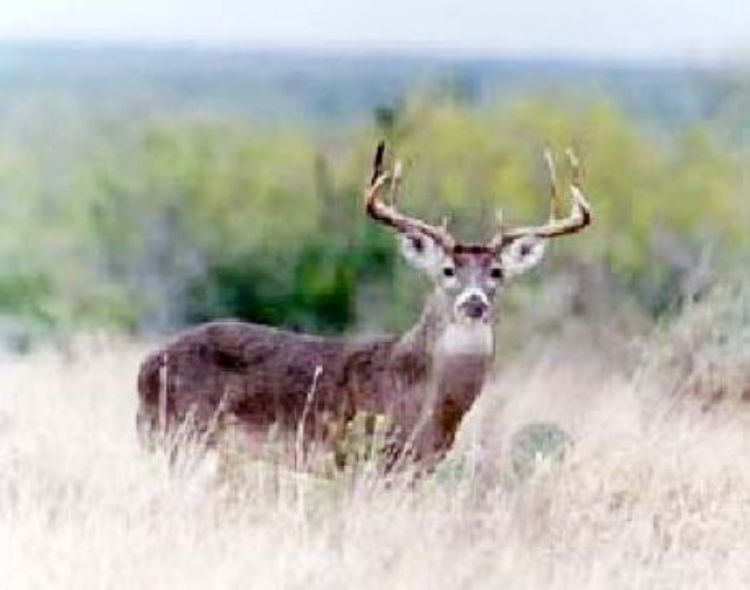Tamaulipas, Hunting and Cynegetic Tourism

Mexico occupies fourth place worldwide in specie biodiversity, granting it a high potential for hunting or cynegetic tourism. The practice of this tourism is completely regulated and gives priority to the protection and preservation of the ecosystems that promote development, with respect for the specieâs life cycles.
The great national and foreign demand for cynegetic tourism in Mexico has prompted the creation of 2600 ranches or parks called Units for Preservation, Handling and Sustainable Use of Wild Life in Mexico (UMAs) of private or community character; 90% of these are found in the countryâs north.
Tamaulipas has been developing in order to become the main pole of cynegetic tourism in the country. One of the goals of the state government when investing in this type of tourism is to promote prosperity in the rural areas and protect wild life. This action attempts to follow in the steps of Spain, where cynegetic tourism has created more than a million jobs and an income of over 5,700 million dollars, over a territory equivalent to 25% of Mexico and much less fauna species.
It has been recognized that Tamaulipas has everything necessary to become one of the main platforms for the countryâs cynegetic tourism, able to generate up to 20 thousand million pesos and more than a million jobs.
This sport has emerged from the worry for animal species that were in danger of disappearing due to uncontrolled fishing and hunting around the world. Thus, people began looking for an alternative to this activity, known as cynegetic tourism, offering an option for hunting and fishing that doesnât harm flora and fauna populations because the species offered reproduce in a controlled manner.
Tamaulipas is a leader in cynegetic tourism for the projects and programs it manages under strict sustainability criteria, added to its proximity to the USA, its main consumer market.
The State of Tamaulipas has a huge natural wealth with 400 kilometers of coasts and an extraordinary biodiversity in its different ecosystems. The approximately 7,500 foreign hunters and 1,500 nationals that visit this state each year are looking for quail, dove, duck, goose and crane.
There are also two of the most sought after trophies worldwide, the Texas White Tail Deer and the Miquihuanensis White Deer.
One of the main hunting reserves is El Tinieblo, which handles a cynegetic reserve of approximately forty species, with outstanding sheep, goats, pheasants and quail.
Artículo Producido por el Equipo Editorial Explorando México.
Copyright Explorando México, Todos los Derechso Reservados.
Foto: Encuestam.com






